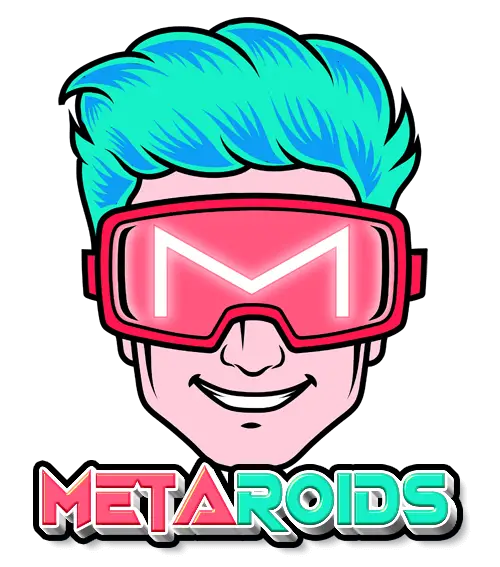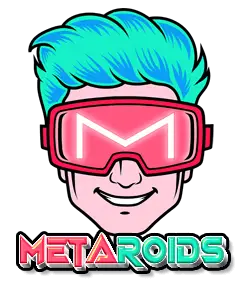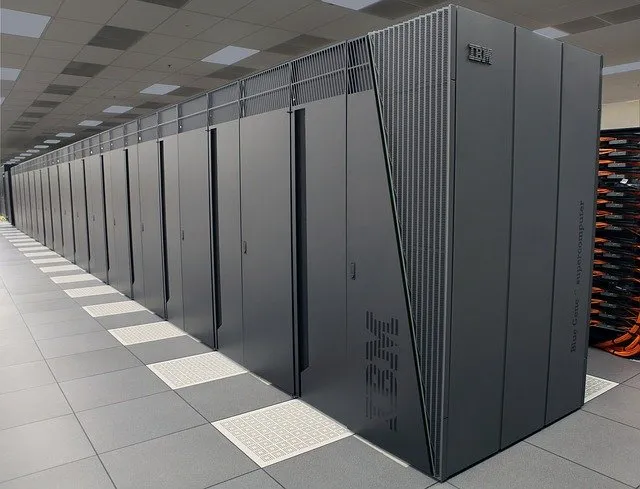IBM uses a blockchain called Hyperledger Fabric, although calling it that might trigger some crypto proponents (or fanatics). Despite being called such, most developers do not consider IBM’s blockchain a real blockchain.
Now IBM is no Amazon, but it is still considered a giant in the IT industry. With all the crypto media channels drawing as much influence as they could, it’s no surprise that they resorted to hyping Hyperledger up.
An iconic tech company entering the scene does turn some heads. And we’d do anything if it brings us closer to crypto mass adoption.
But is Hyperledger truly a blockchain? And if it isn’t, what is it then?
What is Hyperledger Fabric?
Hyperledger Fabric is what we call a permissioned blockchain. For those who don’t know, permissioned blockchains are simply blockchains that require an authority to grant you access. It is the exact opposite of a permissionless blockchain like Bitcoin where anyone can join at any time.
Hyperledger is intended for organizations to set up a consortium — an association of several companies. The big bosses or companies that lead consortiums are referred to as members.
Members invite or give access to individuals or entities, which are called peers, and add them to their consortium.
So basically:
Hyperledger Fabric > Members > Consortium >Peers
Is everything clear so far?
How does Hyperledger Fabric work?
In order to have access to the “blockchain network”, a member needs to grant you or your employees access. Your access will also need to be cryptographically configured.
Once you’re in, you officially become a peer. All peers own one ledger per channel that they’ve applied to.
In the crypto world, we call these nodes. The difference is that the Hyperledger architecture is composed of three different types of peers:
- Endorser Peer
- Anchor Peer
- Order Peer
These peers play different roles in keeping the network together.
What is Hyperledger Fabric for?
Well, IBM says it is built for enterprise blockchains. That is to say, it allows businesses to create their own blockchain projects. When we say enterprise blockchains it usually means that it should be permissioned (not open source) and private, or not transparent.
Let’s explore Hyperledger Fabric’s use case.
IBM’s intended business model for Fabric is to be a blockchain-as-a-service (BaaS) system.
With all the exuberance the crypto industry has generated, many companies are attracted to the “blockchain business”.
They wanted to cash in, despite knowing nothing about how the tech works, or even its real use case. But to be fair, blockchain is fairly new, who could blame them? My point is that they needed an expert.
And with IBM being a legend, what else can they trust more in this industry full of privacy nuts and cypherpunks?
IBM itself has built several blockchain projects on top of Hyperledger, one of them is a blockchain cloud service.
Other notable companies that use Hyperledger include Oracle, Paypal, Amazon, and Pfizer.
Is Hyperledger a real blockchain or not?

First, let’s define what a blockchain is.
A blockchain is:
- a decentralized and distributed database
- an unchangeable record of events or transactions
- validated by a consensus mechanism
A consensus mechanism is simply an algorithm that allows an entire network of participants to agree on the correct data. Basically, it ensures that no one in the network is cheating.
So back to the definition. IBM’s blockchain does fulfil the first and second definitions but fails the third. Unfortunately, IBM does not utilize a consensus mechanism to operate.
It uses Kafka, an “ordering service” that is not cryptographically secure.
Many developers and proponents of the blockchain industry have voiced their concerns regarding Fabric’s security including Ivan on Tech, who calls it a mere “database”.
Without a proper consensus mechanism, we can’t be sure if it can handle a massive cyber attack, nor can we prove that no member or peer is tampering with the records.
So to answer this question, Hyperledger Fabric is kind of like a blockchain, but it isn’t really one. Don’t fall for their marketing guys. It isn’t what they say it is.
Join our newsletter as we build a community of AI and web3 pioneers.
The next 3-5 years is when new industry titans will emerge, and we want you to be one of them.
Benefits include:
- Receive updates on the most significant trends
- Receive crucial insights that will help you stay ahead in the tech world
- The chance to be part of our OG community, which will have exclusive membership perks



